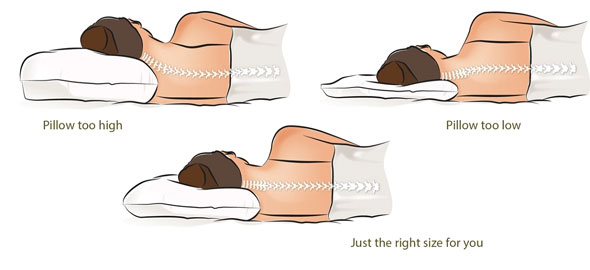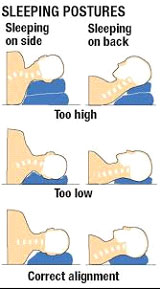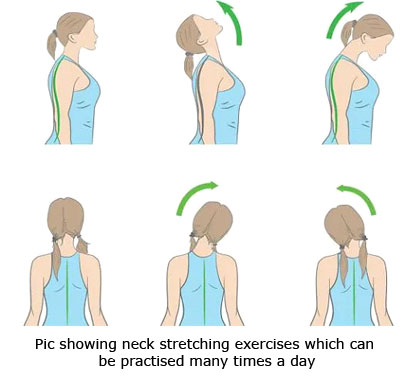

This has become a generic term for all neck pains, but the reality can be for from the notion. The diffuse pain in the neck and shoulder area is caused by a multitude of factors and lifestyle changes that we have inculcated into our lives. Diffuse dull aches and pains aggravated by sitting in one position for a long time either on the desk or just watching your telephone, reading a book are very common.
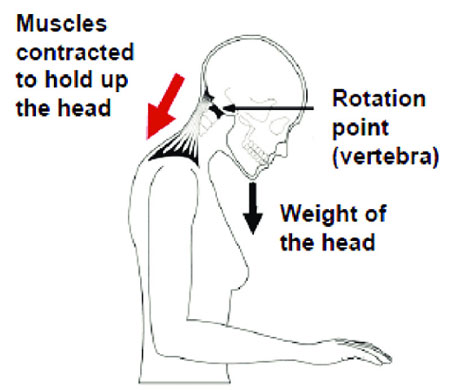
They can be quiet annoying. Most of the times the pain is short lasting and gets better quickly but occasionally it can last for a few days or weeks. In the majority of young patients, the pain is short lasting. Long lasting pain would normally allude to structural changes in the bones or joints.
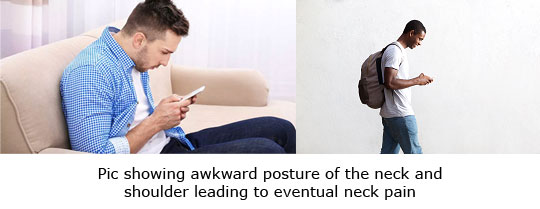
Most of the patients are in a wide age group from 16 years to 80 years. Pain is normally radiating only to the shoulder and not below. Patients do not normally have any numbness or tingling sensation. The pain normally gets better with a period of rest and stretching but once arthritis develops within the neck vertebra the pain seems to persist for long. Patients present with neck stiffness and loss of mobility in the neck. They do not usually have any neurological issues.
Predisposing factors for this condition are people who spend a lot of time sitting on desk, studying, people who spend a lot of time on computers looking down into the screen, Jobs that involve working on small things such as jewellery designers, watch makers, tailors are highly predisposed to these pains.
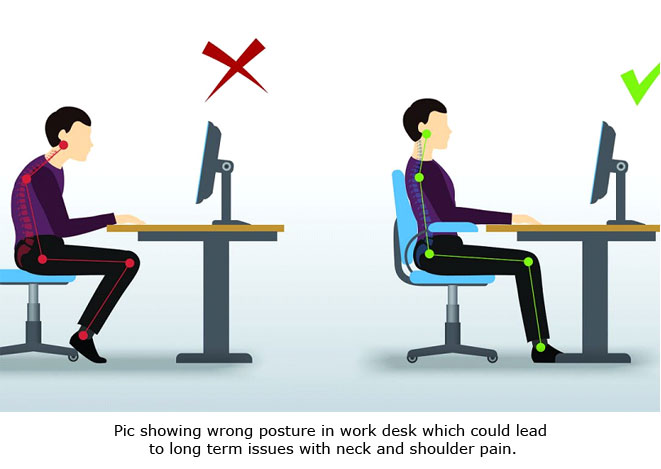
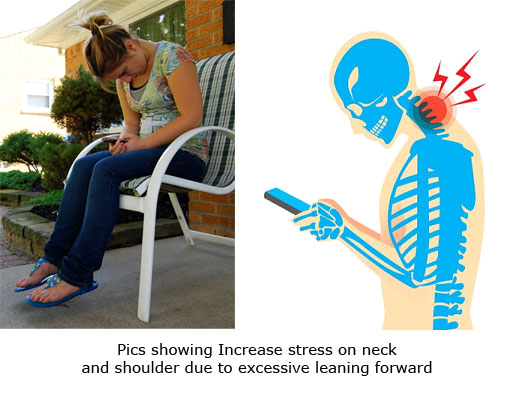
Many of these people have a stooped posture with the head being in front of the long axis of the body. Excessive forward bending of the thorax can also cause mal alignment of the neck.
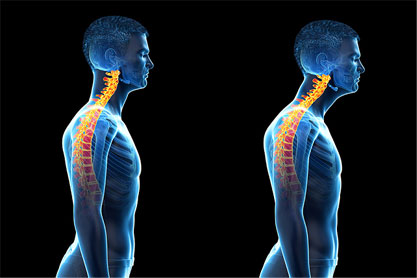
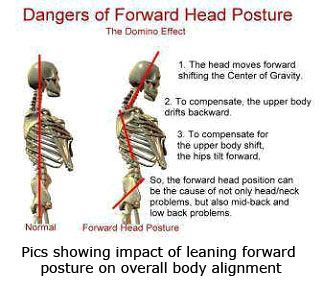
Clinical examination shows stiffened up neck with minimal or no neurological involvement. tenderness is usually localised by the side off the vertebra of the neck and just above the region of the shoulder blade.
Investigations in the form of x ray are not always required but do show collapse of the disc space especially between C5C6 and C6C7 vertebra. Very often extra bone forming at the front and the back of the vertebra can also be noted.
MRI can be done only when there is a chance of nerve getting compressed treatment normally involves initial period of rest along with anti-inflammatory medication with stretching exercises.
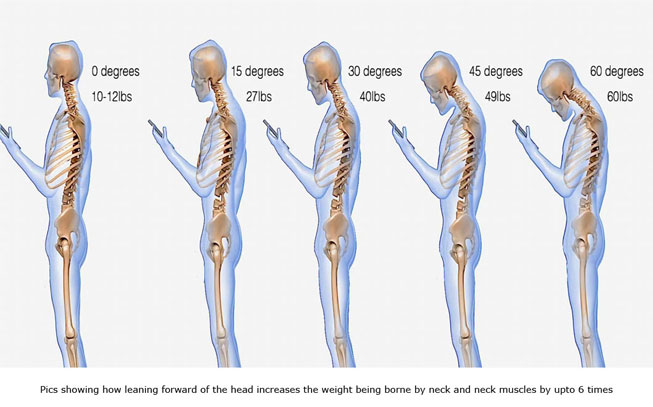
Treatment: there is not much role for immobilising the neck using any cervical collar. Physiotherapy in the form of exercises or in the presence of severe pain with shortwave diathermy and I ft can be advocated. the major crux of treatment lies in exercises and the physiotherapist are very helpful for this condition. Long term medication is never really the treatment for this condition
Improving the overall alignment of the head and shoulder is very helpful. patients should also make an endeavour for better body postures and proper sleeping habits.
